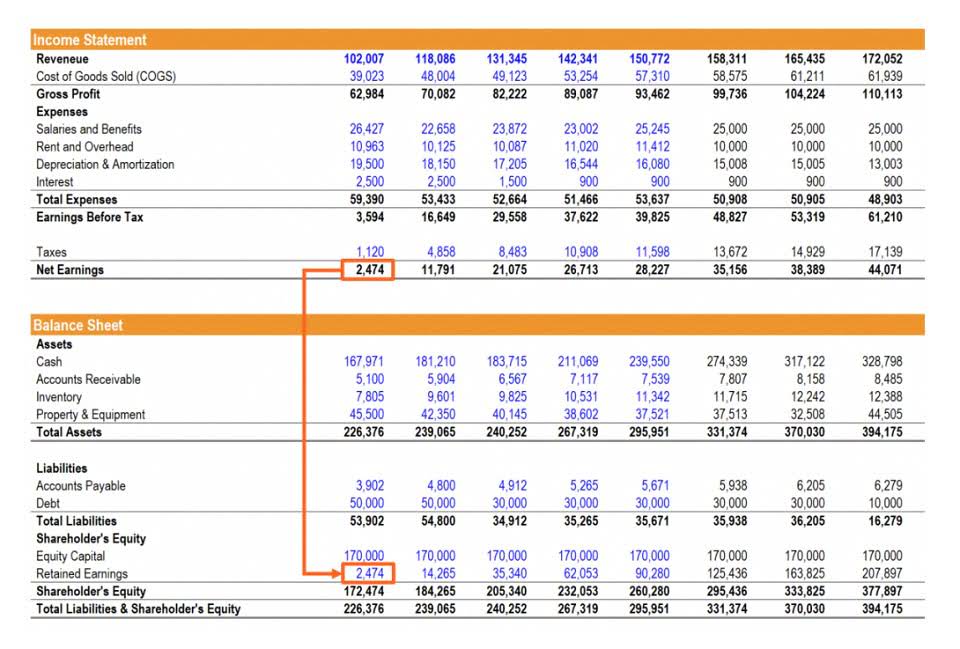
Do you want to spend hours creating a comprehensive sheet only to lose it at the very last minute? Moreover, the bigger your company gets, the higher the number of transactions get. It can get truly difficult to not https://www.bookstime.com/ only track but also analyze these on a regular basis. If you choose to use a different file every time, you should remember to include the dates for the pay period and save it with a specific classification.
- This is becoming an increasingly important benefit to avoid errors while recording payroll information.
- Hence, requiring HR personnel to handle routine employee inquiries and requests.
- To simplify the process, many companies rely on software like Tally or ADP or even outsource payroll to external service providers.
- Using direct deposit or providing payroll debit cards can be a smart business decision since they reduce risk and save time.
- To do this, simply put your cursor over the square that appears in the bottom right-hand corner of the cell box and drag it to the last row.
- Note that because the Social Security tax rate is 6.2% of wages, the maximum amount any employee will pay annually in 2024 is $10,453.20 ($168,600 maximum x 0.062).
Enter each employee’s federal and state income tax rates in columns E and F, respectively. To find the applicable rates, use the W-4 forms collected from employees when they joined your company. Generally, the more allowances employees claim, the lower their tax rates.
Top Excel Financial Templates
To further clarify, look at the screenshot below, specifically the formula field. Let’s assume we sent a schedule of salaries to our 3rd party payroll company. They calculated the taxes and net pay and returned the values to us for approval. The employer deducts 12% of the gross salary from the employee’s salary.
Thus, after successfully generating the payroll, the HR department can simply use the calculated details to create a detailed salary slip or statement for each employee. You may want to add a row at the end of the sheet to include totals. It may be beneficial to your business to know the overall hours and overtime worked and the pay and taxes paid in each period. Calculating the totals will also allow you to generate better reports and use these to inform business decisions. If you choose to create a database spreadsheet from which you pull the relevant details, be careful not to eliminate any information until the entire tax year is complete.
Why use Excel to process payroll?
Furthermore, it is all done by keeping in mind the deductibles and compliances needed to work within. Excel as a software can be used for way too many things than we can list down. payroll automation As a result, it can help businesses right from the first step in payroll. Furthermore, this data can be stored alphabetically, by particular dates, and by other methods.

Share the form with contractors and freelancers so they can automatically add their payment requests to the queue. Note that the “Other Deductions” column (column S) in the monthly payroll tabs consists of garnishments and other deductions detailed in the “Set Up” tab. On the other hand, the “Total Deductions” (column (column T) is the sum of all taxes withheld, premiums collected for benefits, and other deductions. After entering all of your employee and employer data into the payroll Excel template, you’re ready to calculate employee payments. Go to the appropriate monthly payroll tab—so if it’s January, go to the “January Payroll” tab. Enter the pay date in column A and the full name of each employee you are paying for the period in column B.
